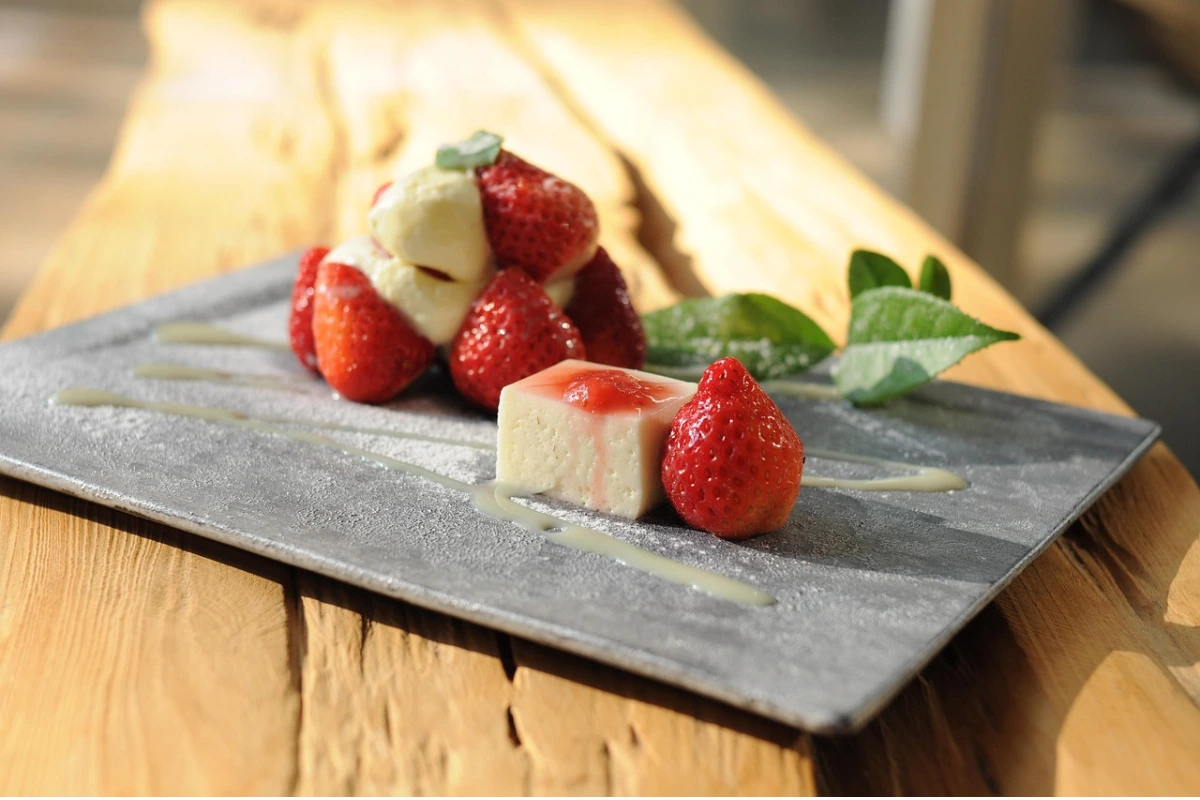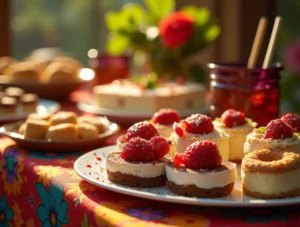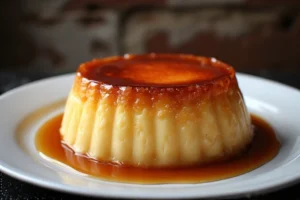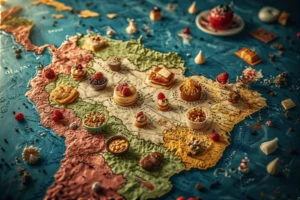What Are Traditional Venezuelan Desserts? A Sweet Guide
🗂️ Post Navigation
ToggleA Taste of Home in Every Bite
If you’ve ever taken a bite of something so sweet it instantly brought you back to a family kitchen, filled with laughter and warm aromas, then you understand the magic behind traditional Venezuelan desserts. These are not just recipes—they’re heirlooms, often shared across generations and brought out during the most meaningful celebrations. Venezuelan sweets are as much a cultural staple as arepas and hallacas. Whether you’re exploring your roots, curious about global cuisine, or simply craving something new, you’re about to discover desserts that feel like a hug from home.
What Makes Venezuelan Desserts Unique?
Venezuelan desserts stand apart because they reflect a colorful tapestry of cultural influences: Indigenous resourcefulness, African richness, and Spanish flair. This blend creates a flavor profile that’s both vibrant and comfortingly familiar.
You’ll often find:
- Tropical ingredients like coconut, banana, and papaya.
- Sweetened condensed milk as a staple.
- Warm spices including cinnamon and cloves.
- Celebratory symbolism tied to holidays and religious customs.
From Caribbean coastal towns to the highlands of the Andes, dessert is more than food—it’s an expression of heritage.
The Most Beloved Traditional Venezuelan Desserts
There are dozens of sweets that Venezuelans hold dear, but a few rise to iconic status. Here are the top traditional Venezuelan desserts you absolutely must try.
Quesillo (Venezuelan Flan)
Quesillo is a creamy custard that’s similar to flan, but with its own twist. It’s made richer with condensed milk and more eggs, giving it a sponge-like texture full of small holes—hence the name “quesillo,” which means “little cheese.”
Recipe Table
| Ingredient | Quantity |
|---|---|
| Sweetened Condensed Milk | 1 can |
| Whole Milk | 1 can |
| Eggs | 5 |
| Sugar (for caramel) | ½ cup |
| Vanilla Extract | 1 tsp |
Serve it cold with a generous drizzle of caramel. It’s the showstopper of any celebration.
Tres Leches Cake
This moist sponge cake is soaked in three different types of milk: evaporated, condensed, and whole. The result? A dessert that melts in your mouth. Often topped with whipped cream and fresh fruit, it’s a favorite for birthdays and weddings.
Dulce de Lechosa (Candied Papaya)
Perfect for Christmas time, this treat is made by slow-cooking green papaya in syrup with cinnamon and cloves. It develops a chewy, crystalized exterior and a soft center that’s rich in flavor.
Bienmesabe
A dessert hailing from Margarita Island, Bienmesabe is coconut-based and layered with sponge cake. It combines coconut cream, egg yolks, and sugar, topped with cinnamon.
Arroz con Leche (Rice Pudding)
Comfort food at its finest. This rice pudding is gently simmered in milk, sugar, and spices. It’s often finished with raisins and served cold or warm.
Regional Variations of Venezuelan Sweets
Each region of Venezuela brings something unique to the dessert table.
Andes Region
- Figs soaked in syrup
- Arequipe (a form of dulce de leche)
Coastal Regions
- Heavy coconut usage
- Conserva de coco (coconut bar with molasses)
Eastern Venezuela
- Cassava- and banana-based treats
- Heavier use of tropical fruit
Guayana Region
- Indigenous influences
- Use of corn and plantains in creative forms
Ingredients That Define Venezuelan Dessert Culture
These pantry staples define what goes into a Venezuelan dessert and what gives it that unmistakable flair.
Must-Have Ingredients
- Sweetened condensed milk
- Coconut milk or grated coconut
- Papaya (green and ripe)
- Whole milk and eggs
- Brown and white sugar
- Clove and cinnamon
You can usually find these at your local Latin grocery store or online. Some substitutions are possible, but for an authentic taste, use traditional ingredients whenever possible.
How to Make Traditional Venezuelan Desserts at Home
Feeling inspired? Here’s how to get started making these sweets in your own kitchen.
Basic Tools You’ll Need
- Blender (for quesillo and bienmesabe)
- Large pots (for rice pudding and dulce de lechosa)
- Baking dish or flanera (for quesillo)
- Strainer (for coconut milk)
Beginner-Friendly Recipes
If you’re new to Venezuelan baking, start here:
- Quesillo – Easy and uses few ingredients.
- Arroz con Leche – Simple and forgiving.
- Dulce de Lechosa – Requires more time but very hands-off.
Celebrating Culture Through Sweet Traditions
Sweets are tightly woven into the tapestry of Venezuelan traditions. They’re more than an after-dinner treat—they’re tied to rites of passage, religious customs, and national pride.
- Christmas: Dulce de lechosa is served alongside hallacas and pan de jamon.
- Holy Week: Arroz con leche makes a frequent appearance.
- Birthdays: No party is complete without quesillo or tres leches.
For Venezuelans living abroad, these desserts are a way to stay connected to home, to pass on tradition, and to celebrate identity through food.
Frequently Asked Questions (FAQ) About Venezuelan Desserts
What are the most popular Venezuelan desserts?
Some of the most beloved include quesillo, tres leches, arroz con leche, dulce de lechosa, and bienmesabe.
Are Venezuelan desserts very sweet?
Yes, most traditional desserts are on the sweeter side due to the frequent use of condensed milk and sugar syrups.
Can I make Venezuelan desserts if I live outside Venezuela?
Absolutely. With a few ingredient swaps or specialty grocery finds, you can make most recipes almost anywhere.
What is the difference between flan and quesillo?
Flan has a smoother texture, while quesillo is more porous due to extra eggs.
Conclusion: A Sweet Legacy Worth Sharing
You now hold the keys to a rich, vibrant world of traditional Venezuelan desserts. These treats carry the taste of a nation’s joy, history, and family bonds. Whether you’re experimenting in your kitchen or preserving your heritage, you’re joining a long line of dessert makers who pour love into every bite.
Looking to explore more recipes or shop for authentic ingredients? Visit VenezuelanEats.com to take your culinary journey further.
Now it’s your turn: Which dessert will you try first? Share your experience, post your creations, or even pass the recipe down to the next generation. Because sweet traditions are meant to be shared.




